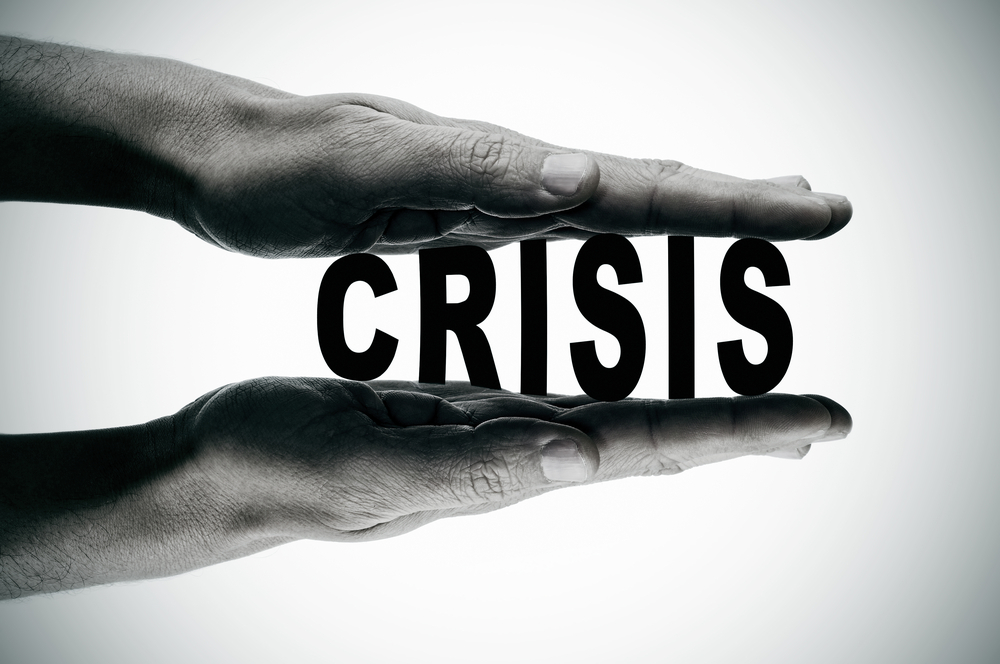Syracuse University Confronts Bizarre Spate of Bias Incidents

Syracuse University in upstate New York is grappling with a most surreal crisis. In just over a week, it experienced at least 10 anti-black, anti-Asian, and anti-Semitic incidents. The school made the Crisis Communications 101 mistake of taking too long to respond, and now it’s playing catch-up with a tsunami of statements.
The first episode arose Nov. 7, when a freshman dorm was vandalized with hate language against black and Asian people, according to The New York Times. Other incidents included anti-Asian graffiti in a physics building, a swastika in another student dorm, racial epithets allegedly hurled at African-American students, and, just on Tuesday, a white-supremacist manifesto sent by a file-transfer service to students’ cellphones in the school library.
Syracuse, with more than 20,000 students, has drawn criticism from faculty members, who called its response “inadequate.” New York Gov. Andrew Cuomo said the episodes “have not been handled in a manner that reflects this state’s aggressive opposition to such odious, reckless, reprehensible behavior” (a comment that admittedly may be political posturing). Cuomo called for an outside monitor to investigate.
It’s clear that the members of the leadership team should have communicated more swiftly and broadly.
— Syracuse University Chancellor Kent Syverud
University crises can be difficult because students are so active and vocal and won’t take non-apology apologies for an answer. And indeed the school has had to respond to demands for change from the students during protests, on social media, and in meetings.
By our count, the school has put out at least a dozen, some quite-substantive statements since the nightmare began (most were in the form of a letter to the community posted on the website). But the first didn’t come until Nov. 12, at least five days after the initial incident. In it, Chancellor Kent Syverud admitted Syracuse hadn’t communicated well.
“It’s clear that the members of the leadership team should have communicated more swiftly and broadly,” he wrote. “I am disappointed that didn’t happen in this case.”
‘Thoughtful, Constructive’
Syverud updated the community the next day. “I received from the students a list of short- and long-term recommendations,” he wrote. “They are thoughtful and constructive, and our university will be responding.”
The next day, Nov. 14, Chief Diversity and Inclusion Officer Keith Alford had to speak out about “the hateful display of anti-Semitism that occurred just steps from our campus.” The chancellor issued a video message Nov. 15 (“I am concerned, disgusted, and outraged by recent multiple hate-speech incidents”). On Saturday, Nov. 16, Department of Public Safety Chief Bobby Maldonado had to release a statement about yet another bias case.
The communications only got more elaborate.
On the night of Sunday, Nov. 17, Syracuse released an eight-minute video (and the transcript) with Syverud (pictured) and three other university leaders announcing steps taken to confront the campus racism. The chancellor said it suspended all social activities at fraternities for the rest of the semester (it had learned that fraternity members had been among those who harassed a female African-American student).
11-Page Chart
On Tuesday this week, Syverud put out yet another statement, this one focused on combatting the idea that his administration hadn’t responded to the students’ concerns. Linked to this one is an extraordinary 11-page chart listing (and quoting) every student concern, suggestion, or demand; the school’s response; and the people, group, or department responsible for dealing with it.
Yesterday Syverud spoke before the University Senate, where he announced that four students had been suspended, and last night the school held a community forum, where tensions ran high. Just this morning, the chancellor announced he had signed on to some of the student’s recommendations.
Clearly, the Syracuse leaders are trying to address the problem, but they have a long way to go to gain the school community’s trust.
Photo Credit: Syracuse University
This is an abridged version of an article that appeared today on the CrisisResponsePro paid subscription portal. (CrisisResponsePro subscribers can access the full version by clicking here. ID and password are required.) To take advantage of all of the content, data, and collaborative resources CrisisResponsePro has to offer, contact us at info@crisisresponsepro.com.




 Back to Blog
Back to Blog